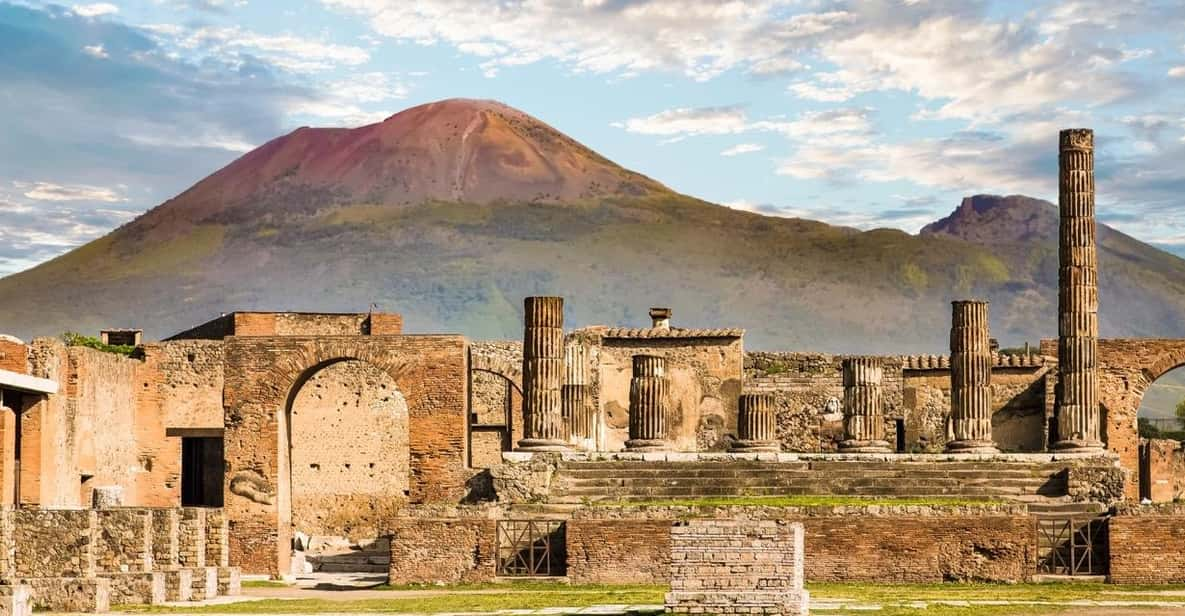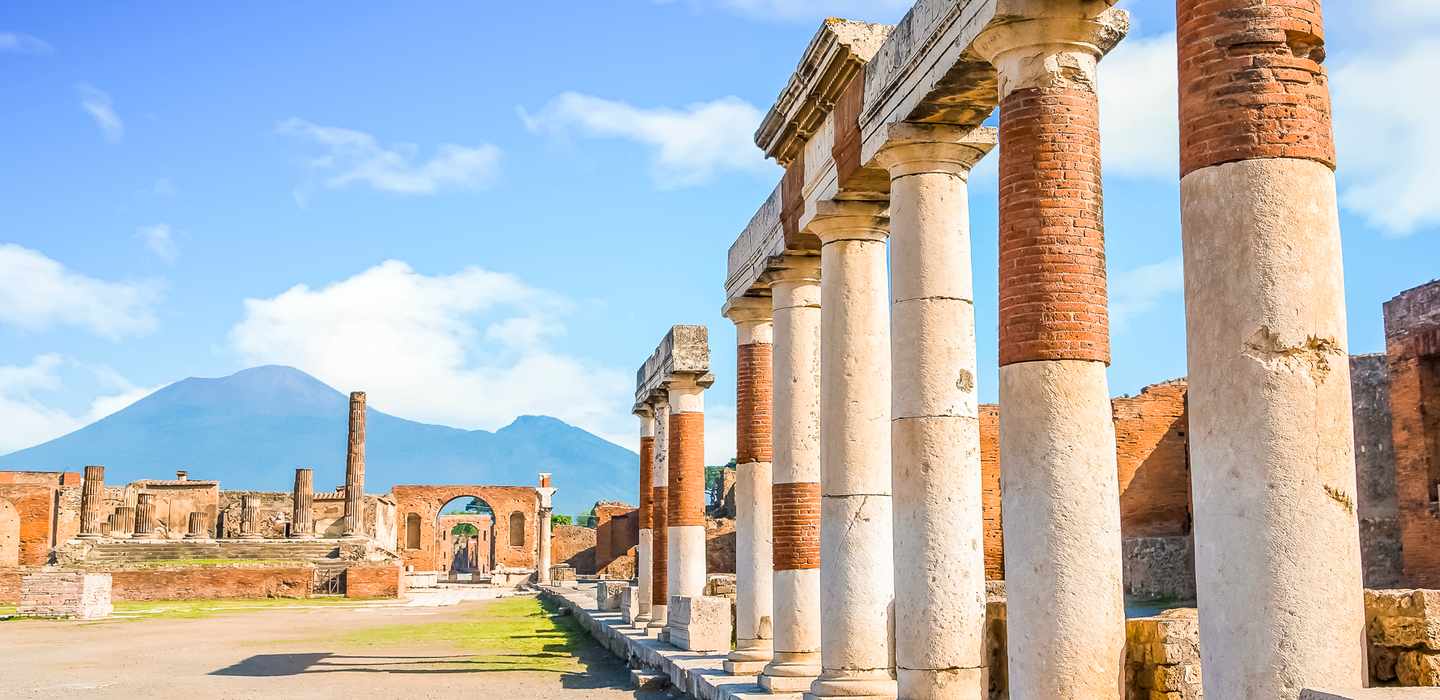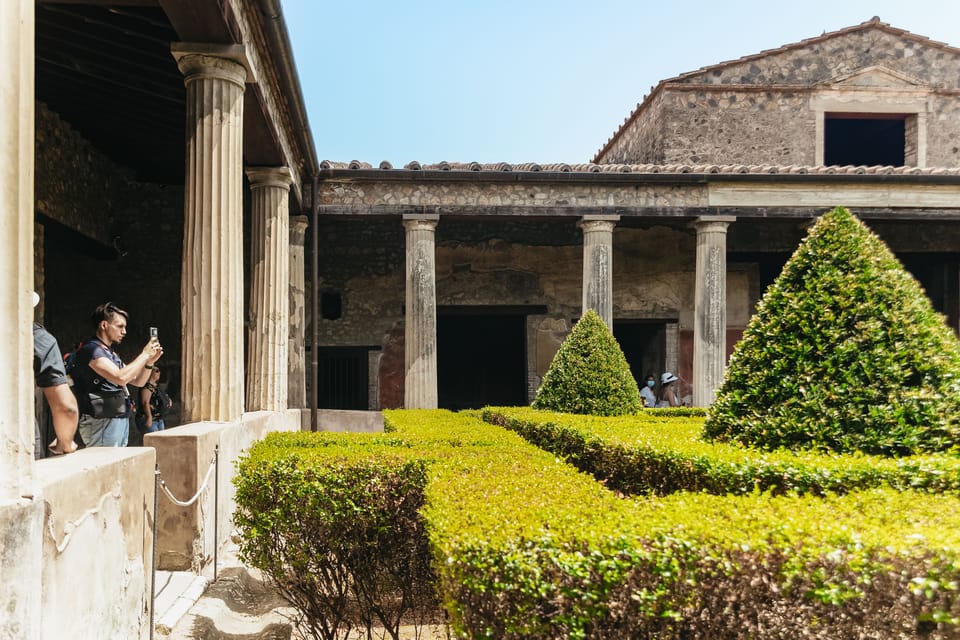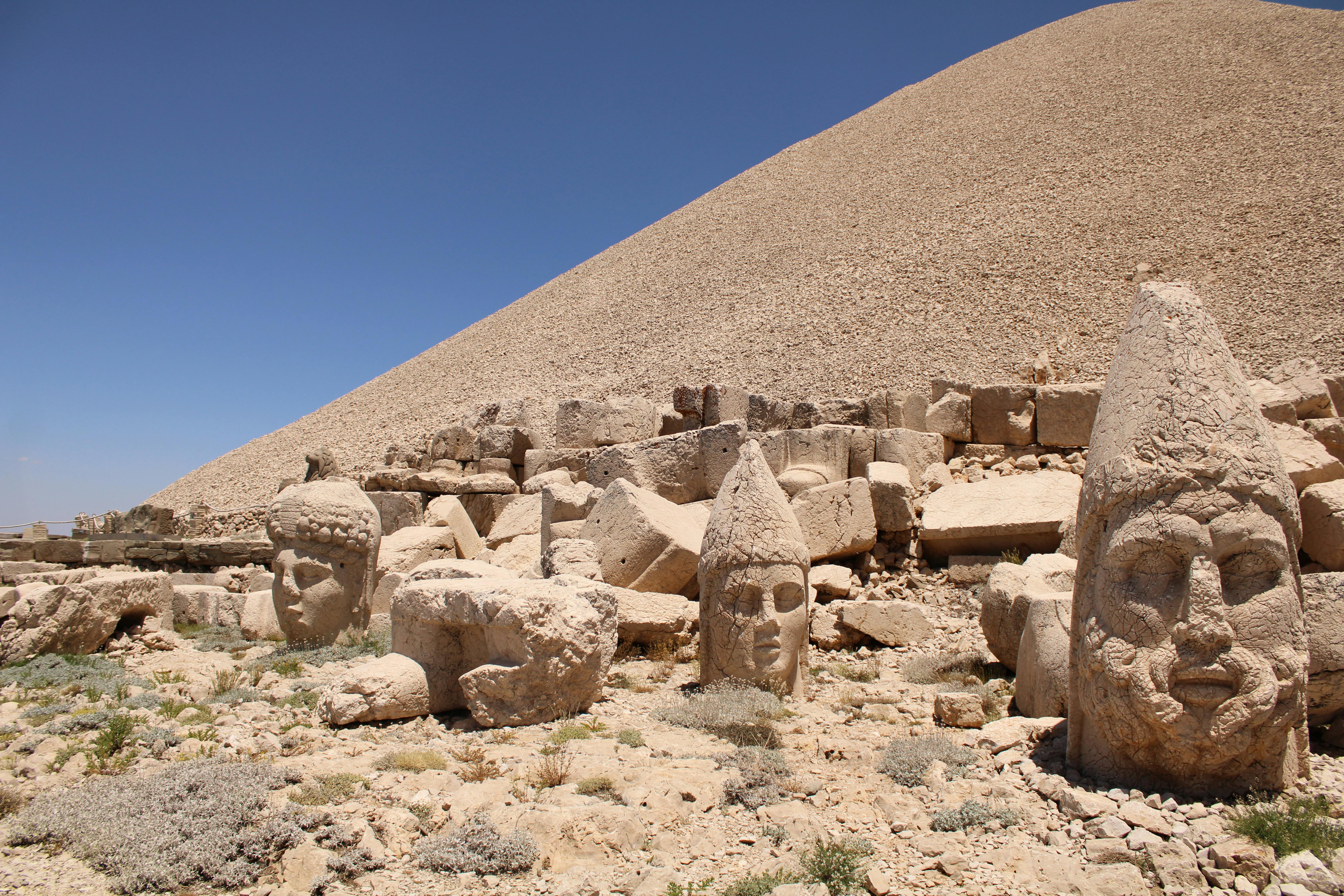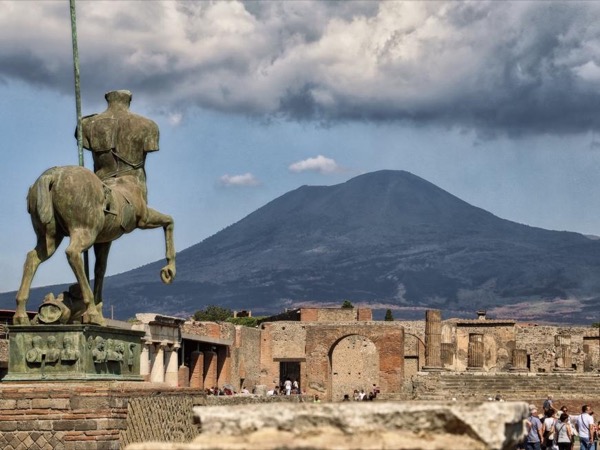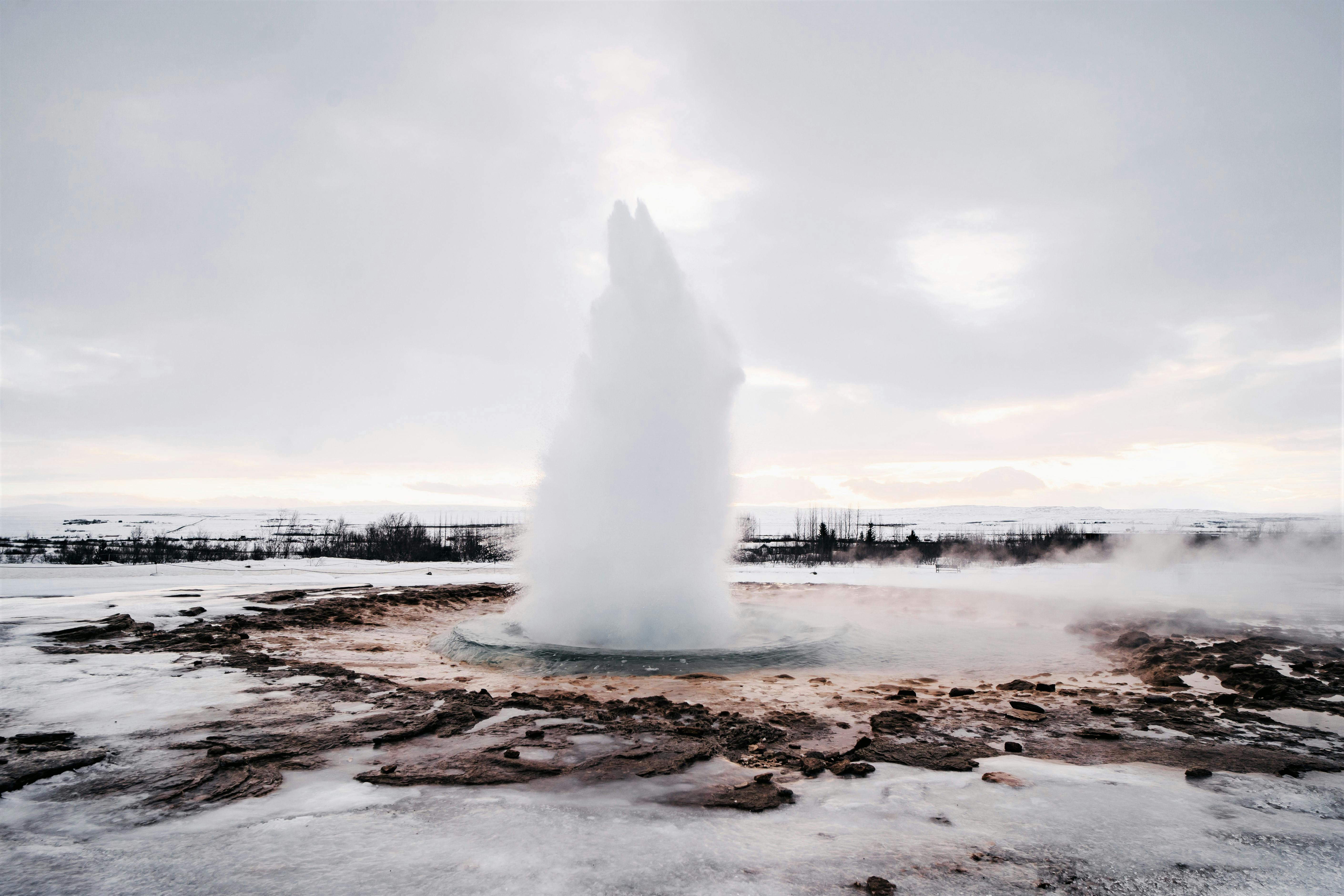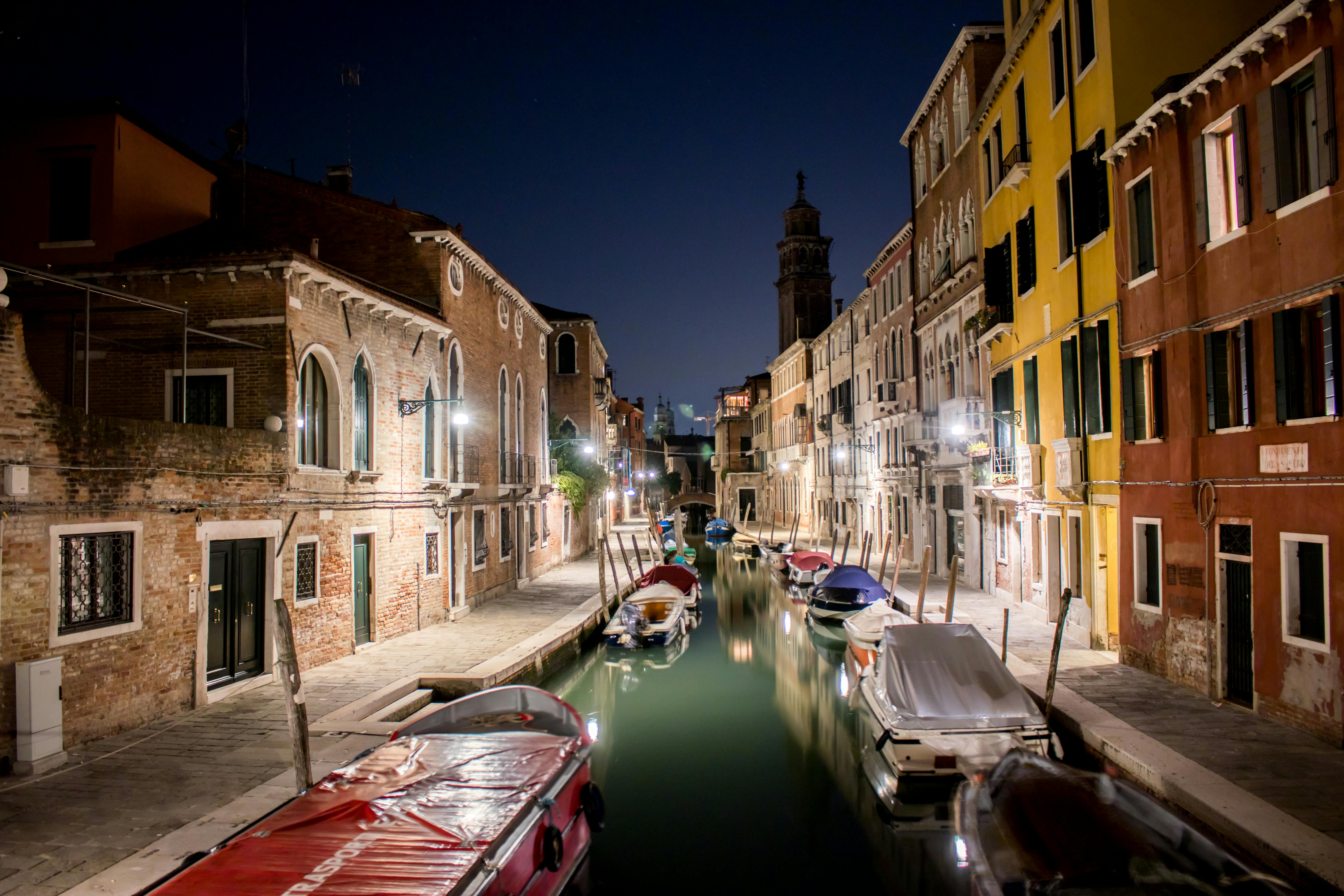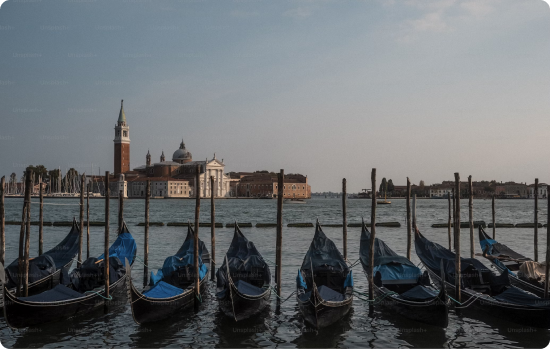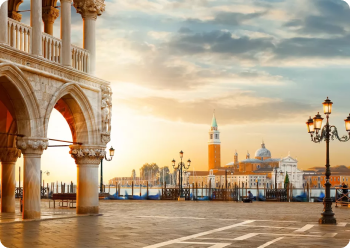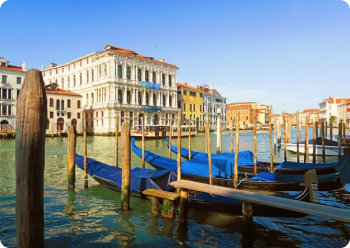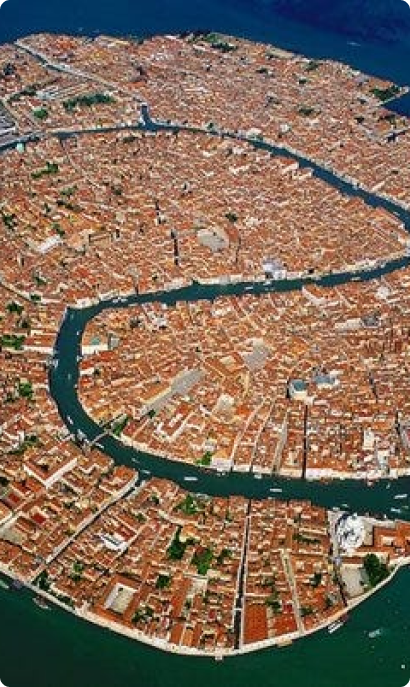Venice, famously known as the "Floating City," has a fascinating history that dates back centuries. Its name comes from the ancient Veneti people who lived in the region by the 10th century BCE. Over time, Venice has been called many names, including "La Dominante," "Serenissima," "Queen of the Adriatic," and "City of Canals."
Once the capital of the Republic of Venice, it was one of the most powerful city-states in the Mediterranean. Venice played a crucial role in the Middle Ages, especially during the Crusades, thanks to its strong naval presence. Despite challenges such as the Black Death and conflicts with neighbours in the 14th century, Venice remained a maritime power.
Although its economic significance declined with the discovery of new trade routes, Venice remained influential. In the 18th century, it fell under Austrian rule but later became part of Italy and saw a resurgence in tourism in the 19th century. Venice is now renowned for its architecture, canals, and cultural heritage.
Unlike other big cities in Italy, Venice grew after the Roman Empire fell. It began in the coastal lagoons during Roman times, where small fishing communities first settled. In the 5th century AD, barbarian tribes attacked the Western Roman Empire. This pushed the Veneti tribe from northeastern Italy to seek safety in the lagoons.
They fled because of invasions by the Huns, Goths, Eastern Romans, and Lombards. Venice is thought to have started around 421 AD when the Veneti escaped from Vandal invaders. Early settlers lived on small islands, mudflats, and sandy banks in the Venetian lagoon. Settlements around Torcello and Malamocco on the Lido date back to the 7th century.
